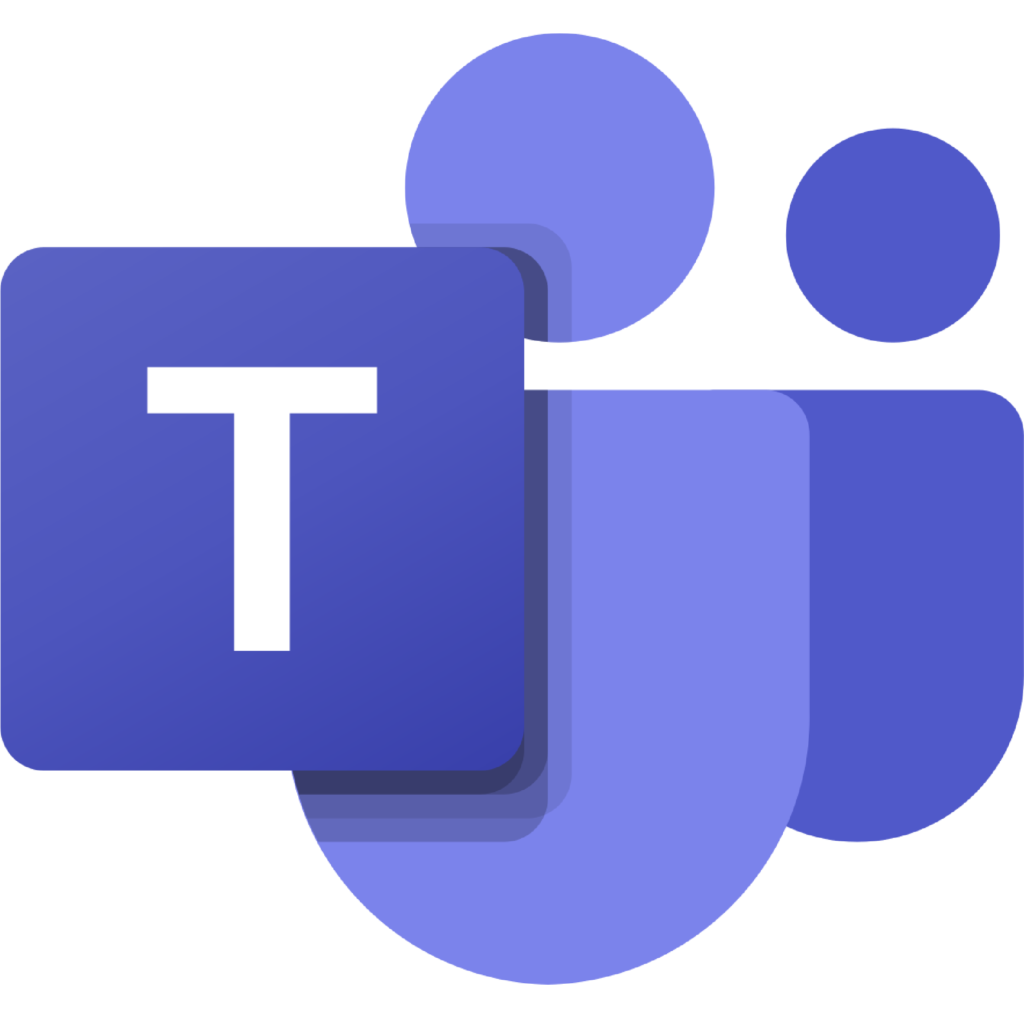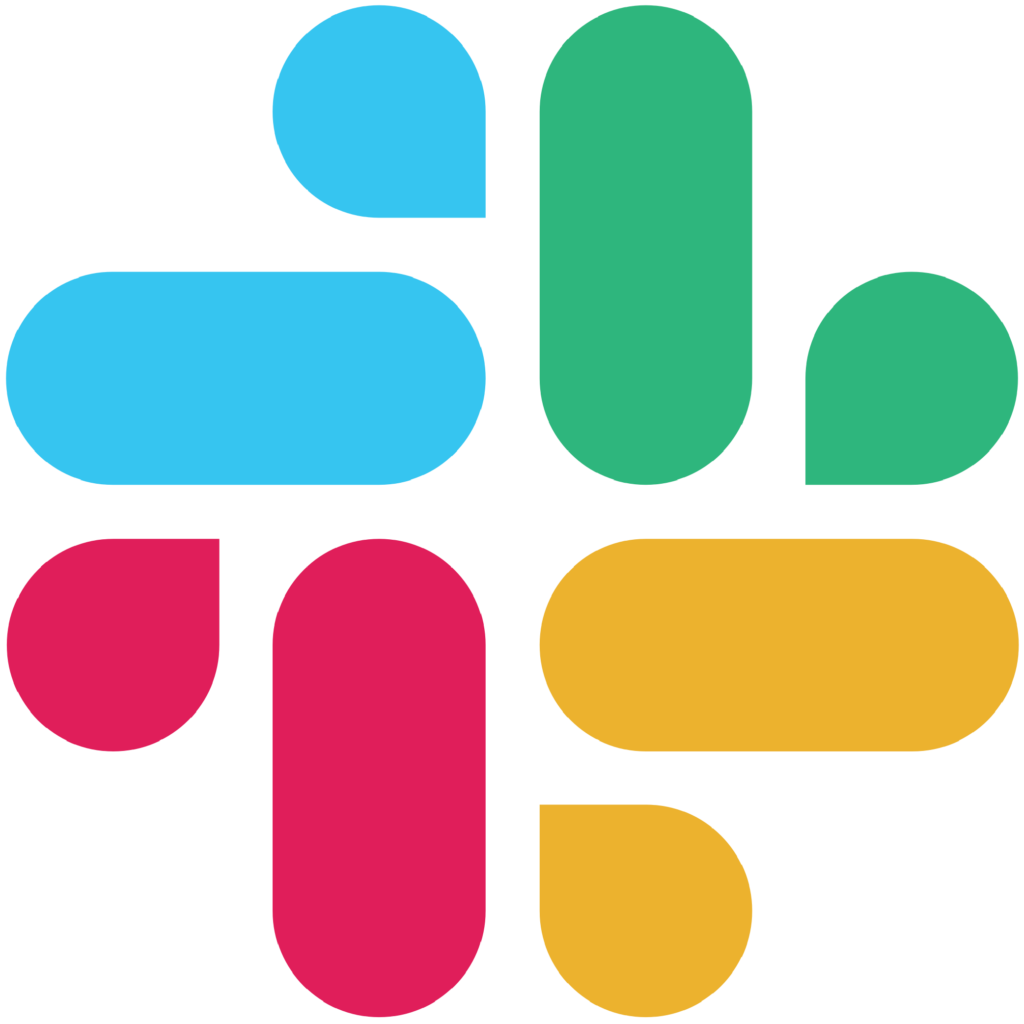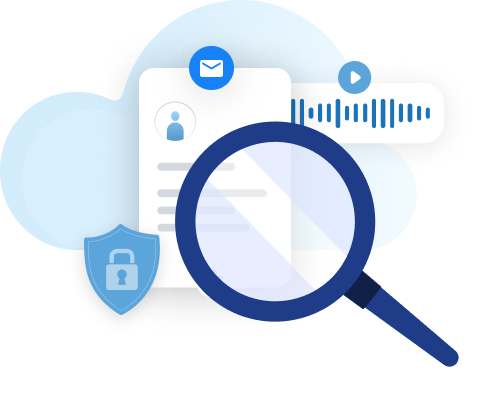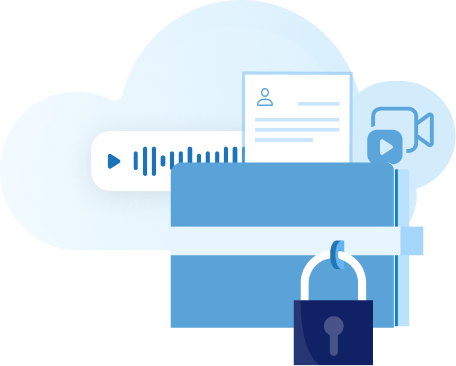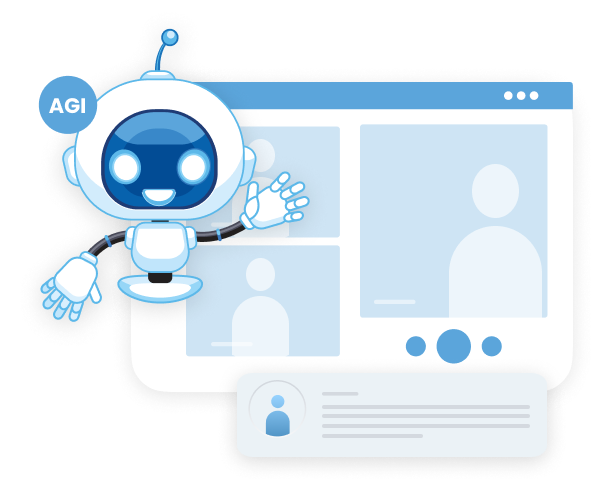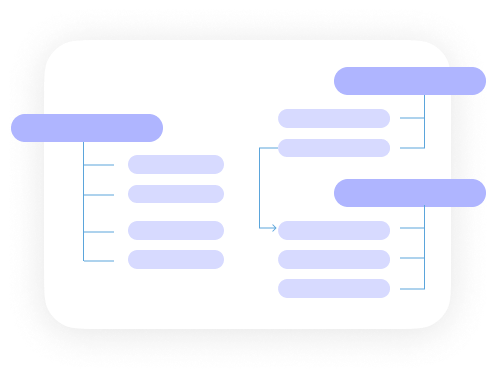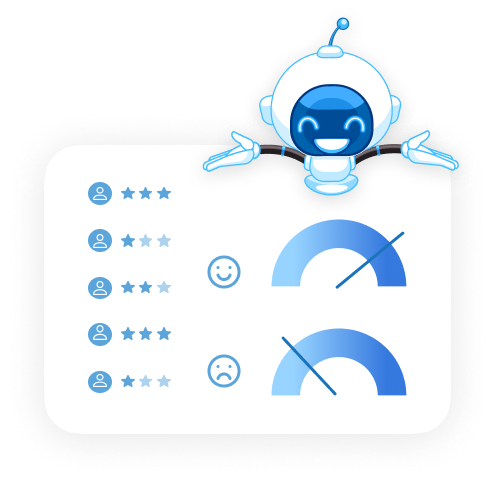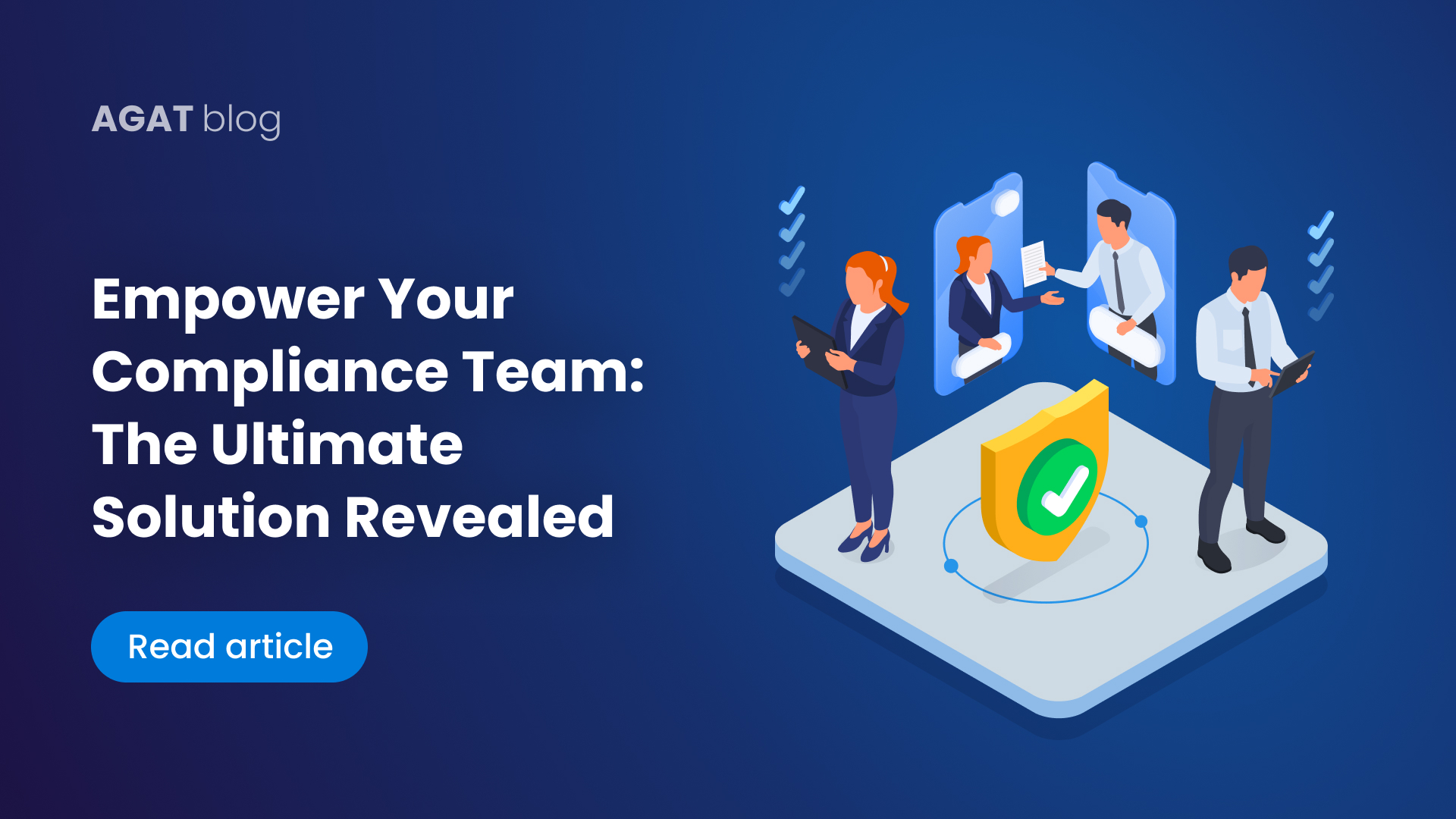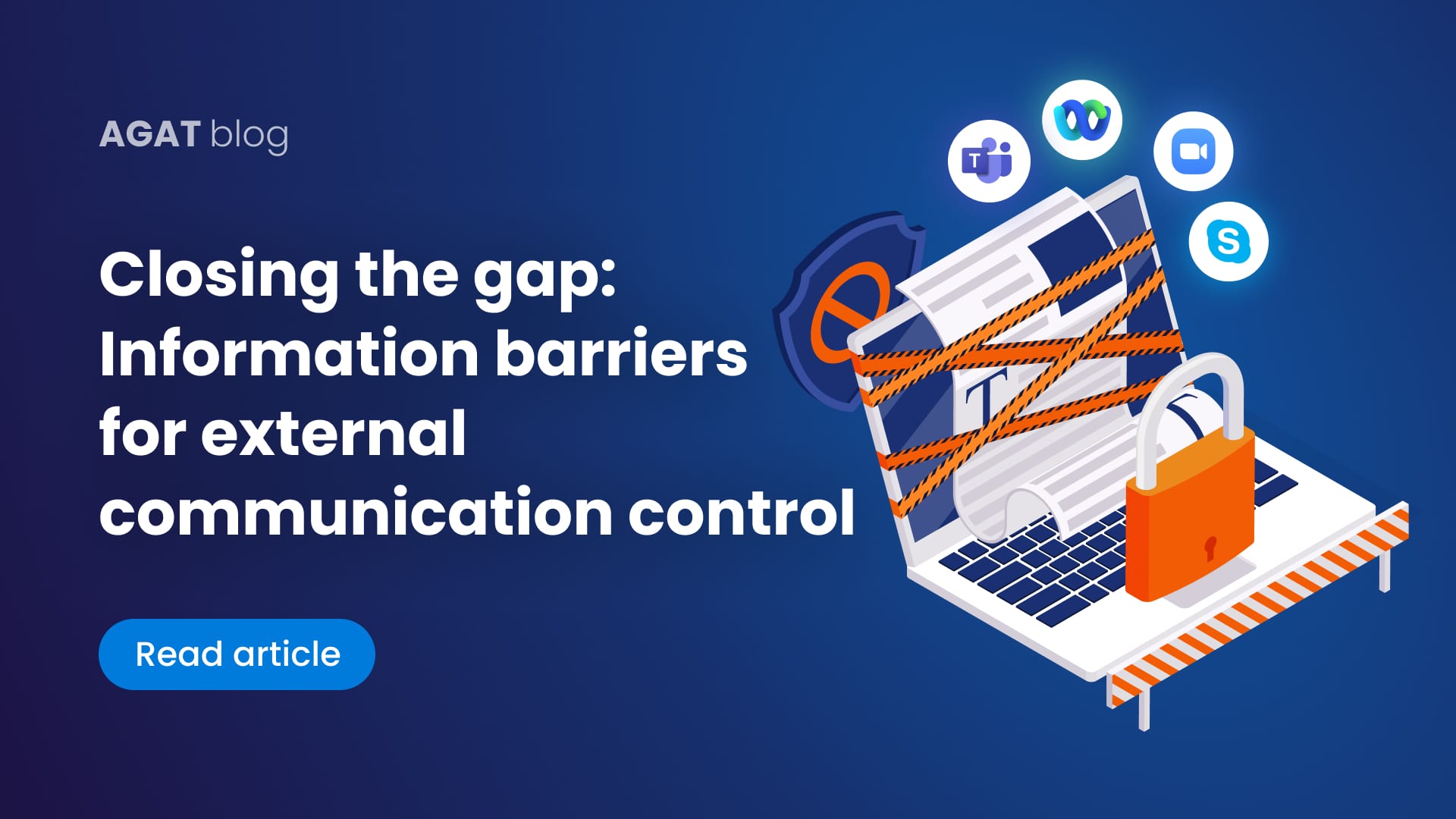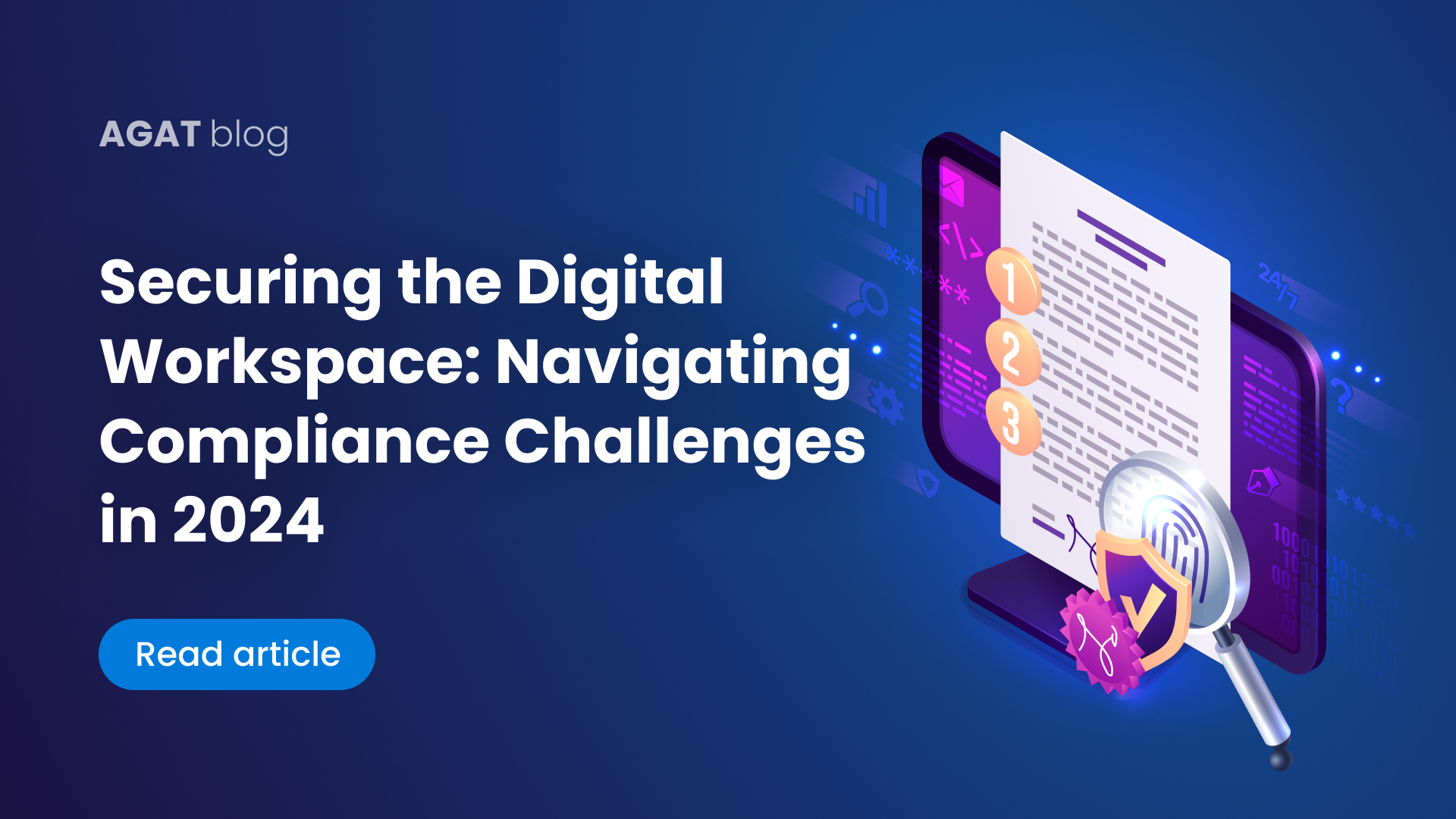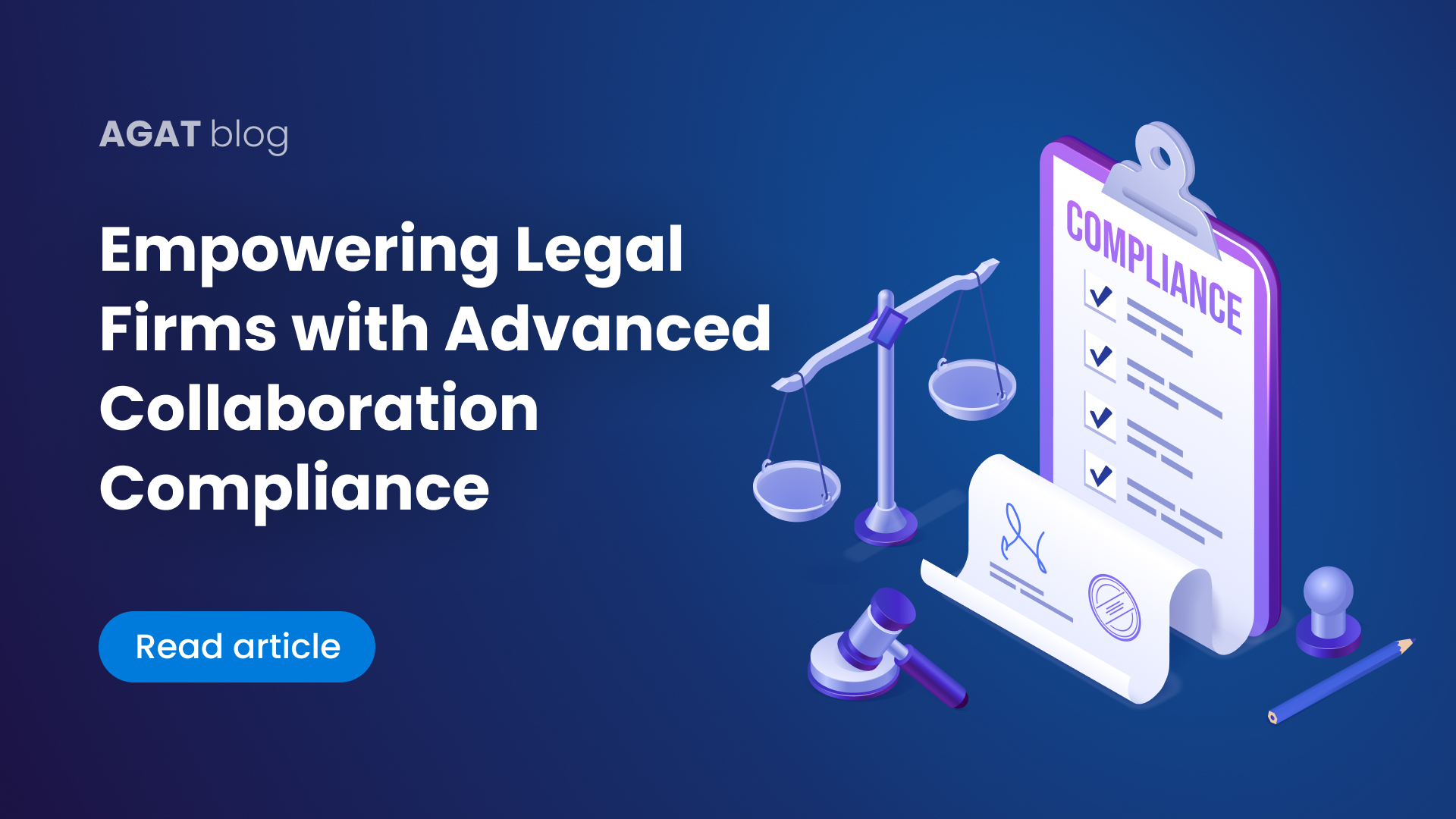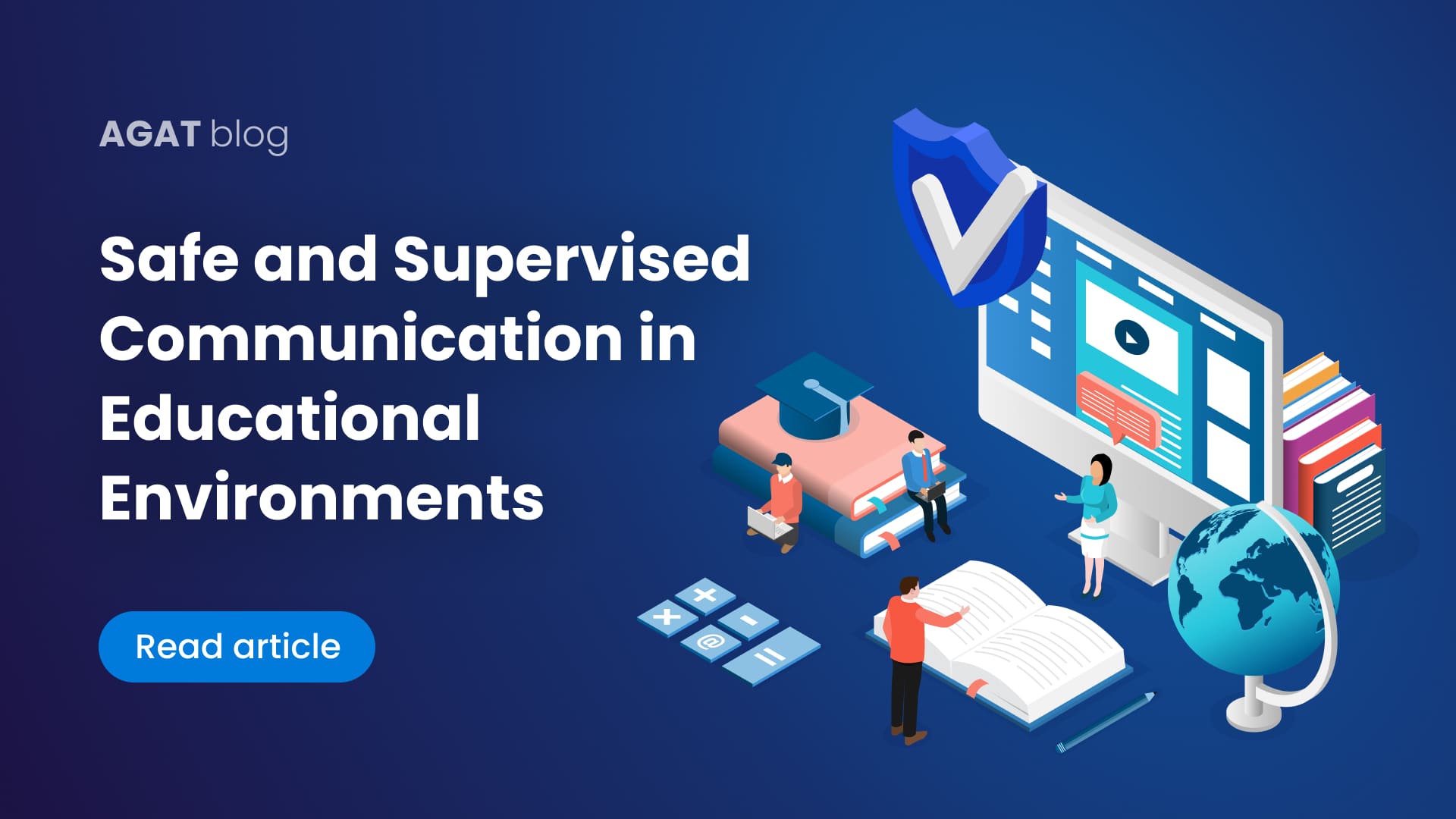In this article, we will talk about deploying Information Barriers for Microsoft Teams to control employees’ ability to communicate with colleagues and external users.
Table of contents
- Information Barriers and complying with regulations
- Information Barriers in Microsoft Teams. Features available and limitations
- AGAT’s Ethical Wall solution
1- Information Barriers and complying with regulations
The concept of ‘Ethical Walls’ was conceived for financial services firms to block the exchange of confidential information between departments or individuals. Back then, firms relied on policies, restricted access, and physical separation on-premise to maintain them.
Today, it is critical for businesses to understand how they can establish those same barriers virtually in communication platforms, so they can prevent data loss and comply with regulations. Negligence can be reduced with the right policies to proactively restrict and monitor employee activities for unethical or risky behaviors. This is important to comply with legal and commercial rules that are constantly changing and becoming more complex.
Regulations such as Europe’s MiFID or the USA’s FINRA state that financial services organizations must have Ethical Walls in place to restrict communications between people with conflicts of interest. Although it started as a common practice in the financial services sector, the concept of Ethical Walls also exists in other areas such as call centers, journalism, law, insurance, and computer science.
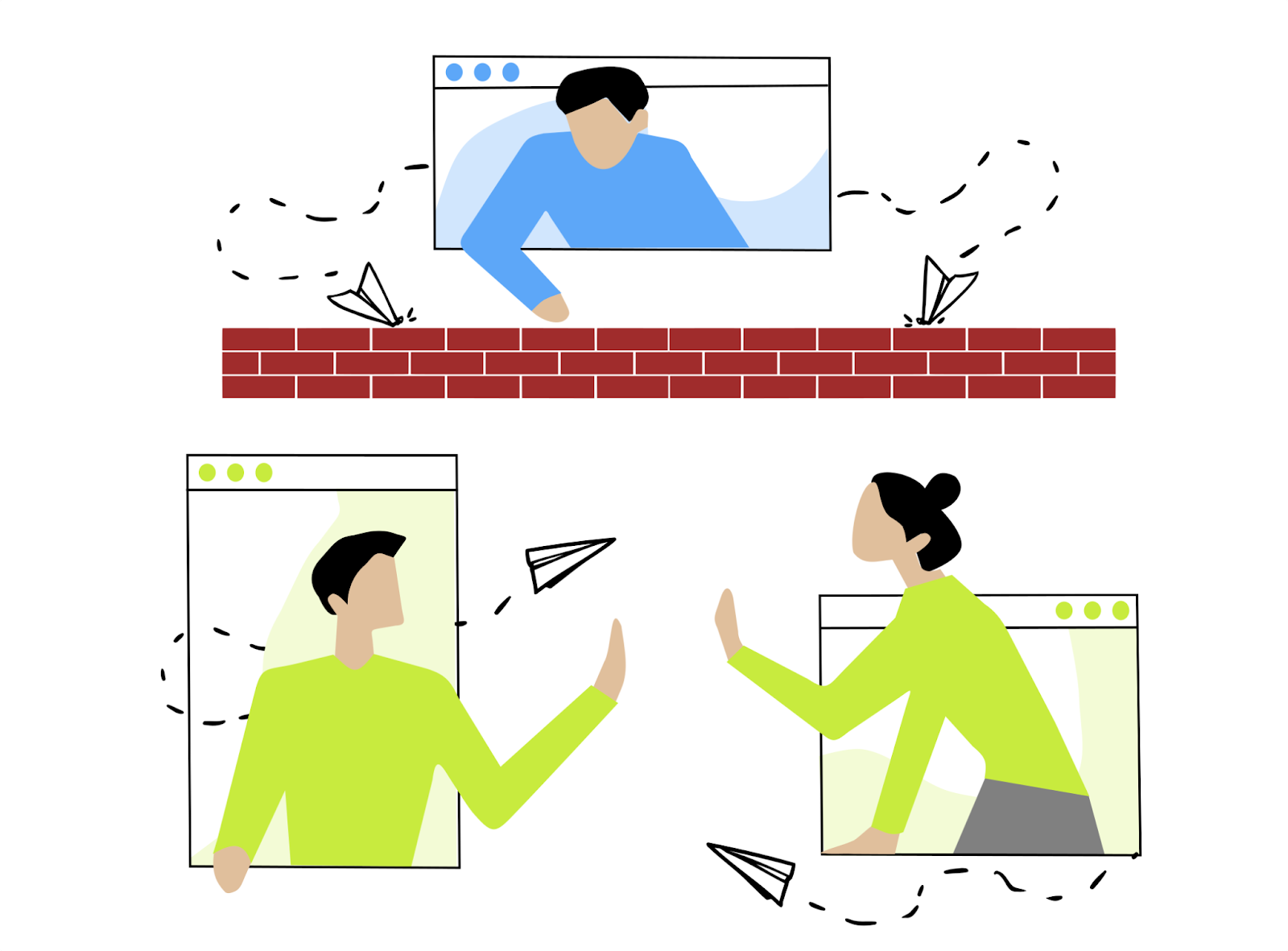
2- Information Barriers in Microsoft Teams. Features available and limitations.
In Microsoft Teams, Microsoft’s Information Barriers can determine and prevent the following kinds of unauthorized collaborations:
- Adding a user to a team or channel
- User access to team or channel content
- User access to 1:1 and group chats
- User access to meetings
- Prevents lookups and discovery, and users won’t be visible in the people picker.
These options may be considered a good start for deploying Ethical Walls but it’s important to point out two issues. First, they’re only available with expensive licenses like Microsoft 365 E5/A5/G5, and second, they have many limitations, including a lack of flexibility to control internal and external communications.
It is true that you can create complete blocks between internal groups, however, often companies want to block specific types of communication in particular scenarios, such as file sharing or screen sharing between certain groups. Microsoft’s Information Barriers don’t adapt well to the different needs of organizations to control communications on this level.
With Microsoft, you also have control over which external domains can communicate with users from your company but it still allows users from these external domains to schedule meetings with your users.
In addition, Microsoft’s Information Barriers policies don’t work for federated users: If you allow federation with external organizations, the users of those organizations will be able to communicate without any restrictions. This means if users of your organization join a chat or meeting organized by external federated users, then IB policies also won’t restrict communication between users of your organization.
Not allowing flexible control over which internal groups should be able to communicate with specific external domains is a major issue in Microsoft’s native offering. Currently, it’s all or nothing. If one group wants to communicate with an external domain you either federate with that domain completely or not at all.
3- AGAT’s Ethical Wall solution
AGAT’s Ethical Wall makes it easy to control who can contact whom, allowing for the adjustment of collaboration policies to meet any specific needs a company might have. These rules can be applied not only for internal users and groups but for external communications too.
Let’s see a case scenario:
You have set an Information Barriers policy in your company to prevent two groups from communicating with each other due to the conflict of interests that exists between their functions.
Two users, Martin and James, are each from a group that is restricted from communicating with the other. With Microsoft Teams, the information barrier works well internally, but if they’re both invited to a meeting hosted externally the wall between them falls, and they are able to join together and communicate. The same limitation would apply to a chat that was initiated externally.
That’s a big compliance gap, like seeing these two employees that can’t exchange information inside your company walking to an office in another building to talk, and not doing anything about it.
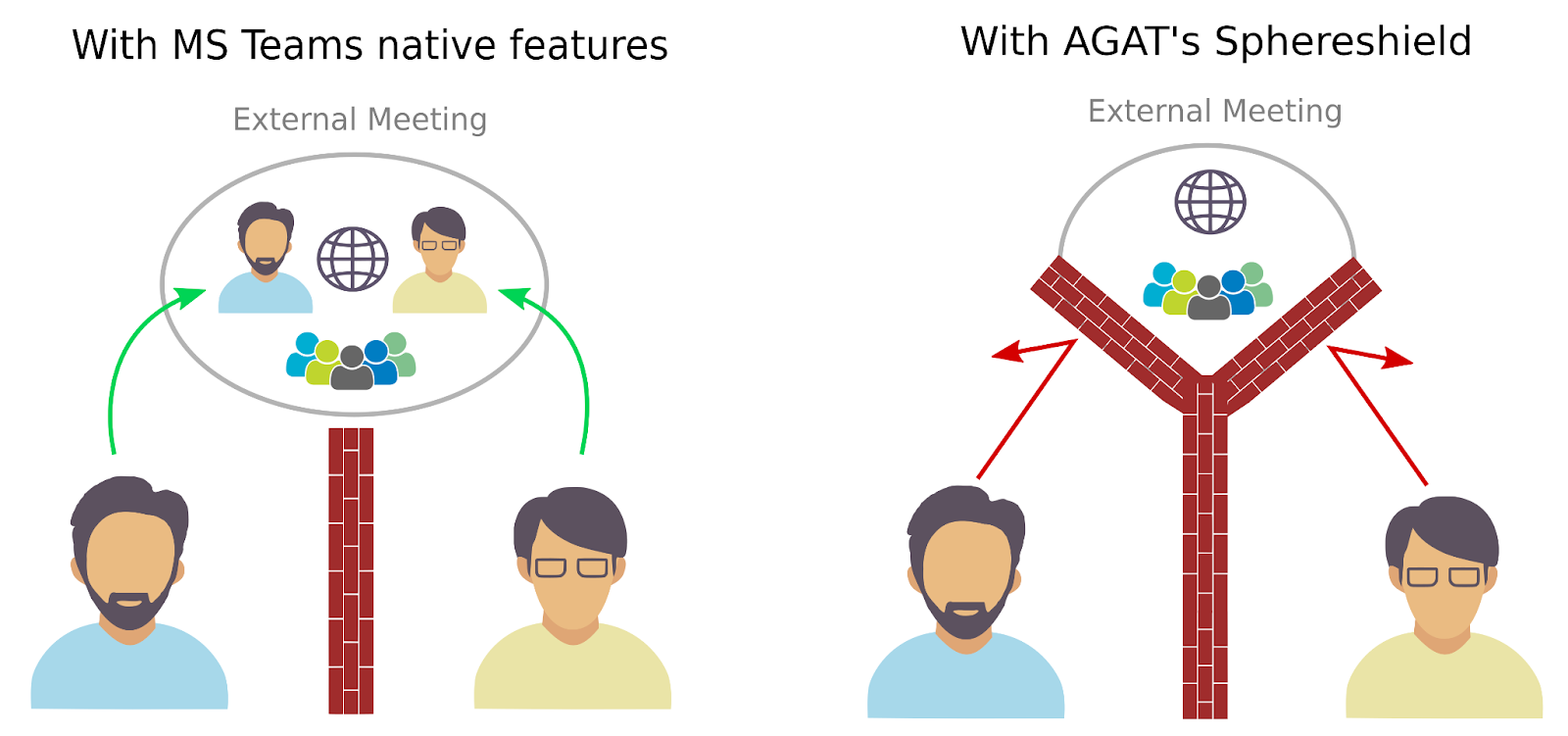
Sphereshield’s Ethical Wall can block restricted groups from joining a meeting hosted externally or a chat initiated externally. With this solution, they won’t be able to search for each other or join meetings together.
AGAT’s SphereShield offers complete granular control over policies. You can block actions like voice calls, file transferring, chat, video, and screen sharing as a whole or to different groups individually. Different rules can be applied to specific participant types: employees, externals, or guests. The policies can also be set to be reciprocal, so neither part can contact the other, or be one-sided.
SphereShield’s Ethical Wall for Microsoft Teams covers chat, meetings, teams, and channels. With AGAT the policy setting is more precise and controls are easy to handle within a simple and intuitive web interface.
Contact us and get a free trial of AGAT’s SphereShield Ethical Wall







